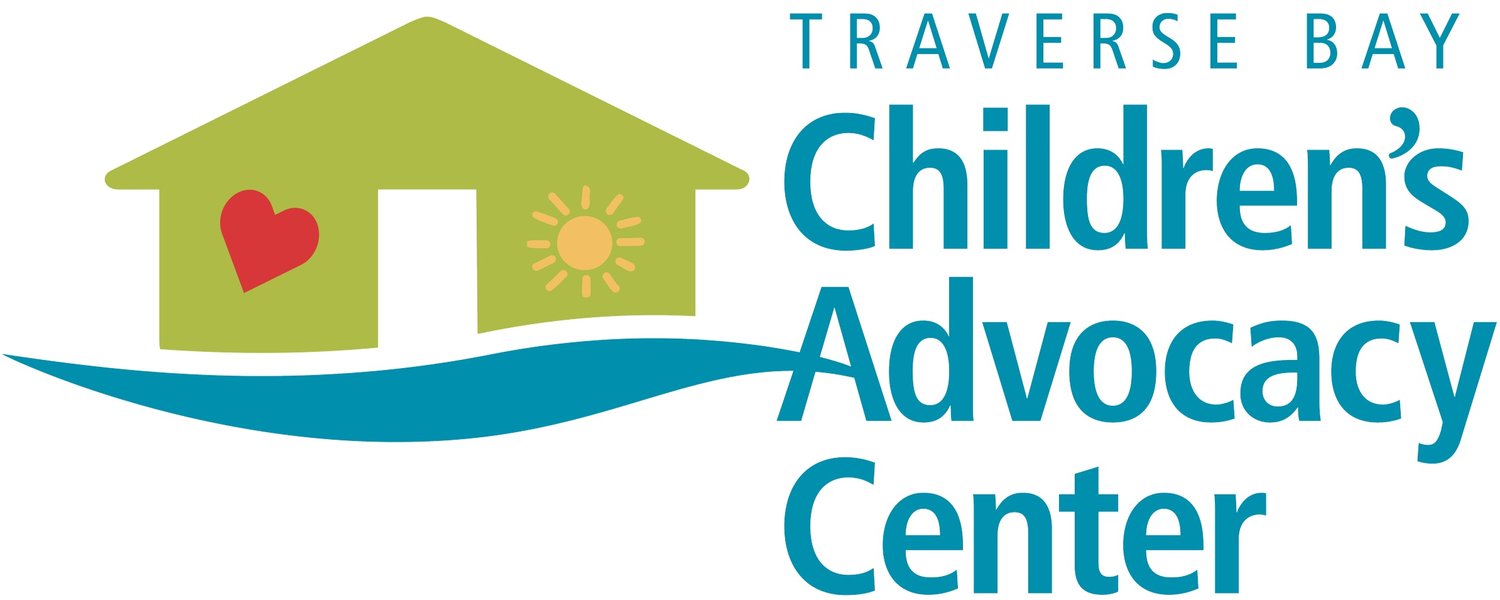Our Model
-
We only receive referrals from law enforcement and Child Protective Services (CPS). For a child to be referred, one or more circumstances must have occurred:
A child is suspected of experiencing sexual abuse
A child is suspected of experiencing physical abuse
A child is suspected of witnessing violence
A child is suspected of neglect
-
After a child is referred, TBCAC collaborates with a team of responders. This multidisciplinary team (MDT) of first responders includes:
Law enforcement
Investigator or attorney prosecutor
Child Protective Services
Forensic interviewers
Medical support
This team works together to get the information they need, while protecting the child. Our MDT approach puts the child first. It also increases the likelihood of a success in court and healing for the child and family.
-
There is a direct link between abuse in childhood and later problems for the whole community. The Adverse Childhood Experience study was groundbreaking research uncovering the root causes of many adult health problems. It found, “traumatic experiences in childhood are major risk factors for the leading causes of obesity, substance abuse, and even early death."
TBCAC also invests in prevention. Progress in this area will improve as these childhood experiences are eradicated. The effects of child abuse are not limited to the survivor. The entire community benefits from creating a safe place for children and families to recover from the trauma of abuse.
-
Traverse Bay Children’s Advocacy Center (TBCAC) serves families:
children
teens
siblings
caregivers/guardians
TBCAC utilizes a multi-generation approach to protection and well-being. All members of the child’s protective network are encouraged to take part in the child's recovery. This strategy is best for ending the cycle of abuse and creating a safer community for our children.

